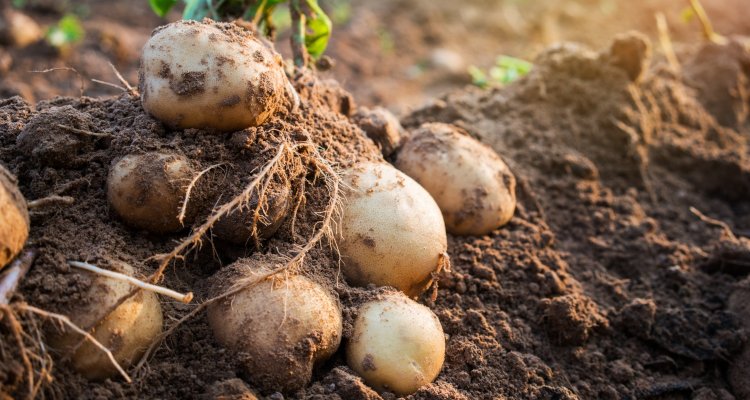
Project
Discover the development of hybrid potato: plant architecture and branching pattern
Unlike many animals that can move or alter their behaviors in response to environmental changes, most higher plants cope with varying environmental conditions by adjusting their architecture. For potato plants, branching is one the most important characteristics in determination of their plant architecture. Branching is a highly plastic trait in potato plants. It can be influenced by starting material ( true seed or seed tuber) and plant density.
The novel hybrid potato technology makes it realistic to grow potato tubers from various starting materials, such as true potato seed (TPS) and the normally used seed tuber. Architectural differences exist in potato plants grown from the two different propagules, especially in development of number of stems and types of branches, even within the same genotype. In addition, tuber biomass yield is found different for two propagules.
To better understand the role of branching in biomass production and partitioning for the plant and crop productivity when potato plants are produced from different propagules, it is essential to study the development of their plant architecture and particularly their branching behavior. This study will explore the development and growth of the hybrid potato plants over time, focusing on both above and below ground branches, such as changes leafy stems number, leaf area, belowground tuber number and tuber weight. The differences in plant architecture of two propagules can potentially provide rationale behind their yield difference, which is crucial for potato crop production.
Methods
A field experiment will be conducted to grow a hybrid potato cultivar, by using two different propagules, namely true potato seed (TPS) and seedling tuber which is the tuber produced by TPS plants. In the meantime, a greenhouse experiment will be carried out by using the same planting materials, under controlled environment.
A series of observations will be performed on selected plants. For instance, the developmental variables including the number and length of leaves, branches, plant height, canopy cover etc. will be determined on regular basis. Destructive harvest will be also conducted at several developmental stages to study i.e leaf area, biomass allocation and tuber growth. More information to be explored if you have more interesting ideas! You are welcome to choose the working environment, either in the field or in the greenhouse!
Expectations
- Have better understanding of the plant development and growth at plant and crop level, using hybrid potato as a case study
- Experience field work or experimentation in the high-tech glasshouse under a scientific setting environment
- Develop skills in data analysis and scientific writing and more
Contact
If you are interested in the topics of plant form and function, please feel free to contact us!